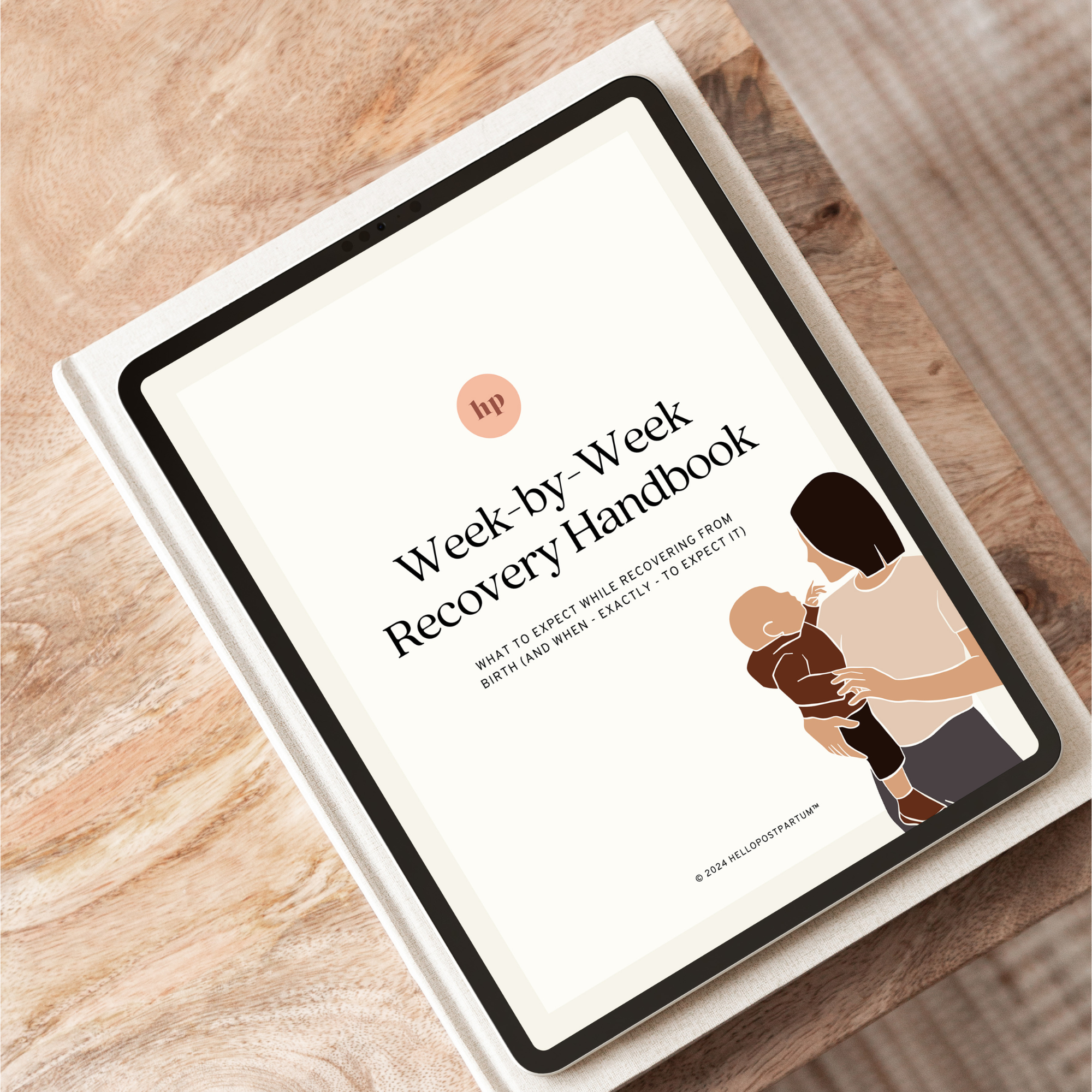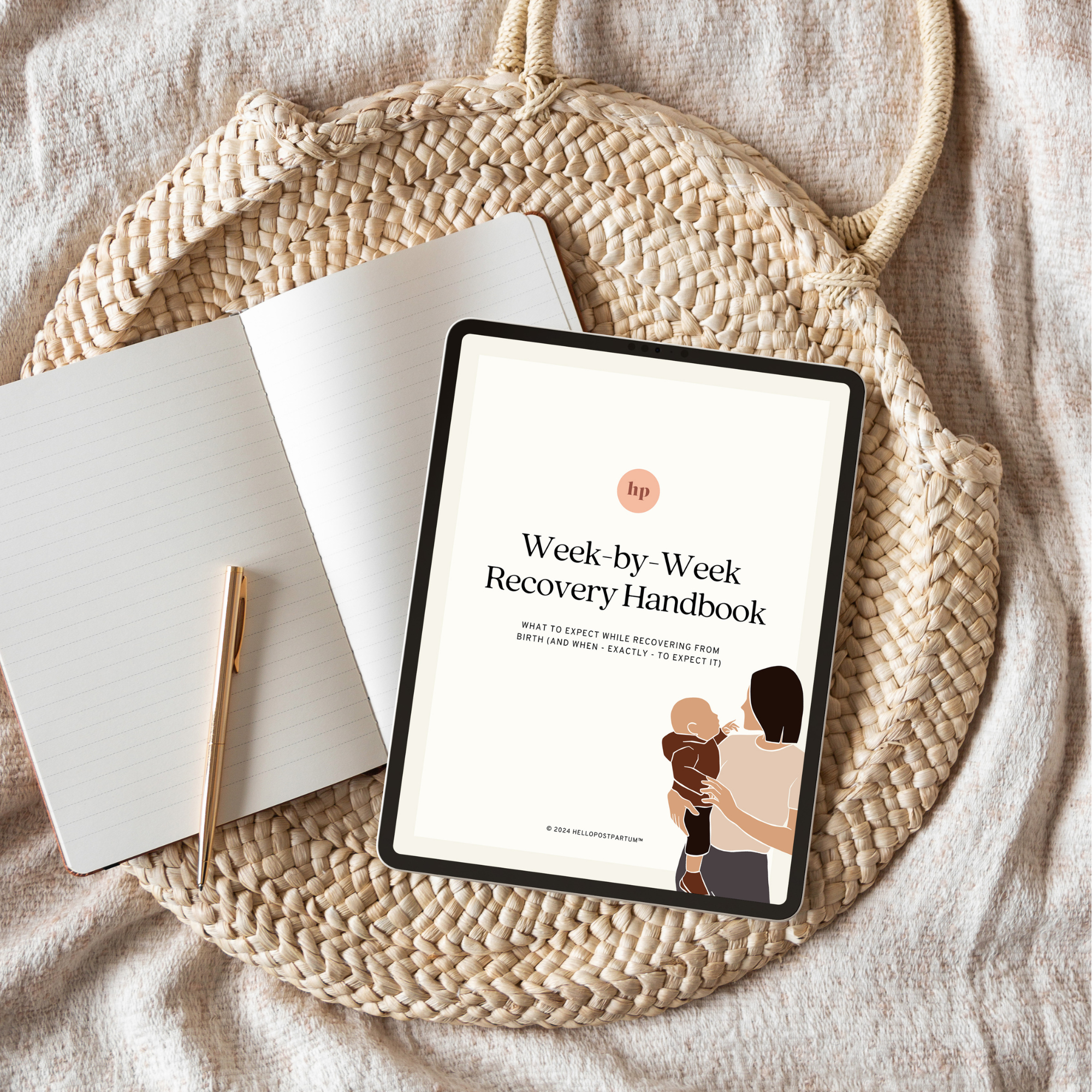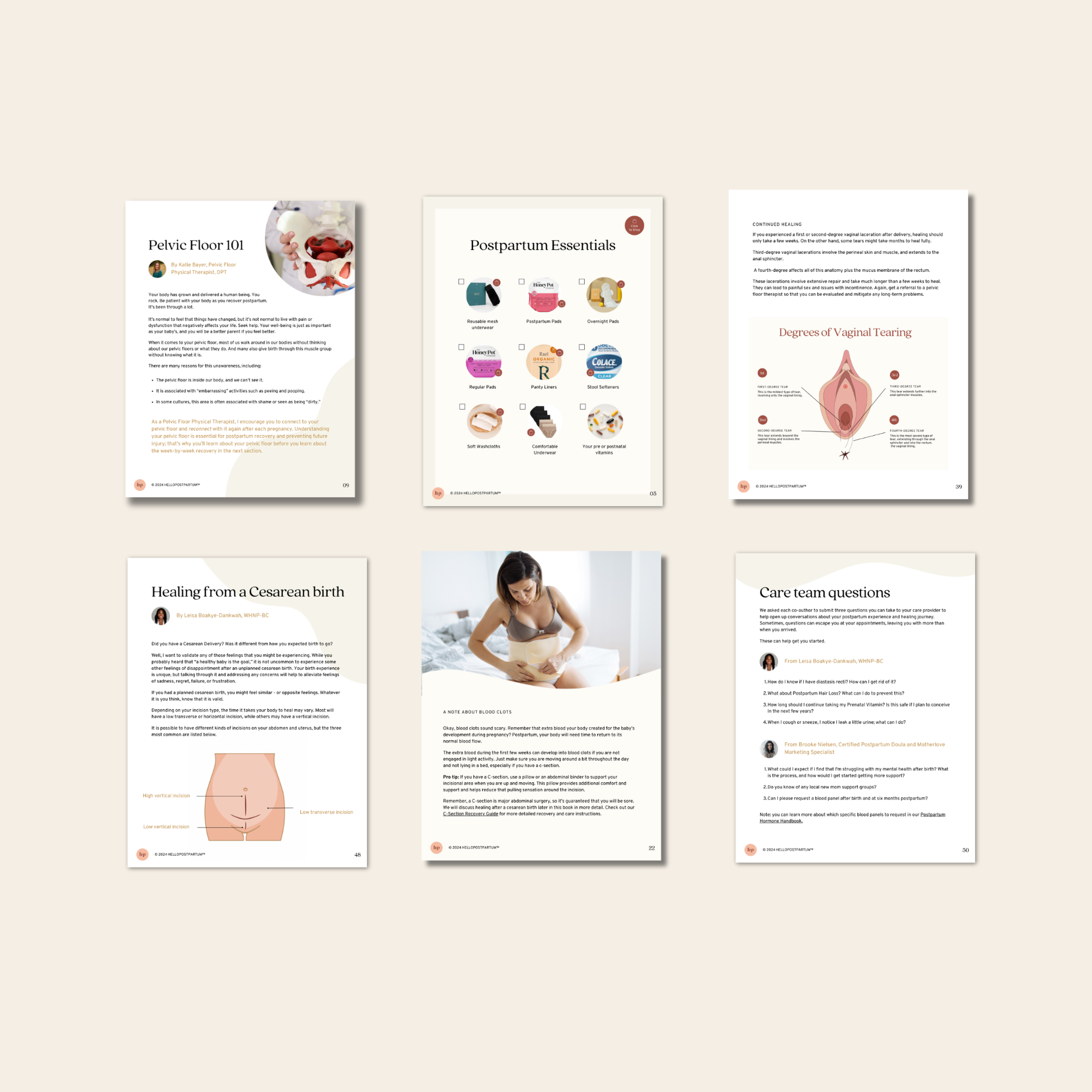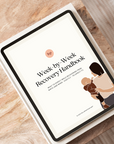
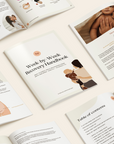
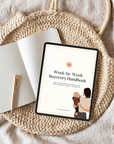

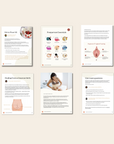

Week-by-Week Postpartum Recovery Handbook
Learn what you can expect in the weeks after birth: physically, mentally, and emotionally. This is the guide you wish your hospital gave you.
Written by a Certified Nurse Midwife, a Women's Health Nurse Practitioner, a Certified Postpartum Doula, and a Pelvic Floor Therapist, you'll learn everything you need to know about the physical components of postpartum healing.
Per copyright law, you may not share, duplicate, or distribute these books without written permission from Hello Postpartum.
You'll receive your eBook directly in your inbox at the email address used at checkout.
Are you gifting it? You can enter your recipient's email at checkout or send us an email after the purchase, and we'll send them instructions on how to download their gift.
Everyone prepares for birth
No one prepares for postpartum
Not sure what to expect after pregnancy and birth? This book can help. This is the guide you wish your hospital gave you. Whether you had a vaginal or a cesarean birth, this comprehensive guide covers it all (and then some). If you buy one book for your postpartum recovery, let it be this one.
Comprehensive support
What's included?
No matter how you give birth, this eBook is for someone who wants to learn what to expect - including all the nitty gritty details - during postpartum and recovery.
• A 50+ page guide by licensed postpartum experts
• Questions to ask your care team
• Pelvic floor 101 guide
• Postpartum essentials checklist
• Additional support resources
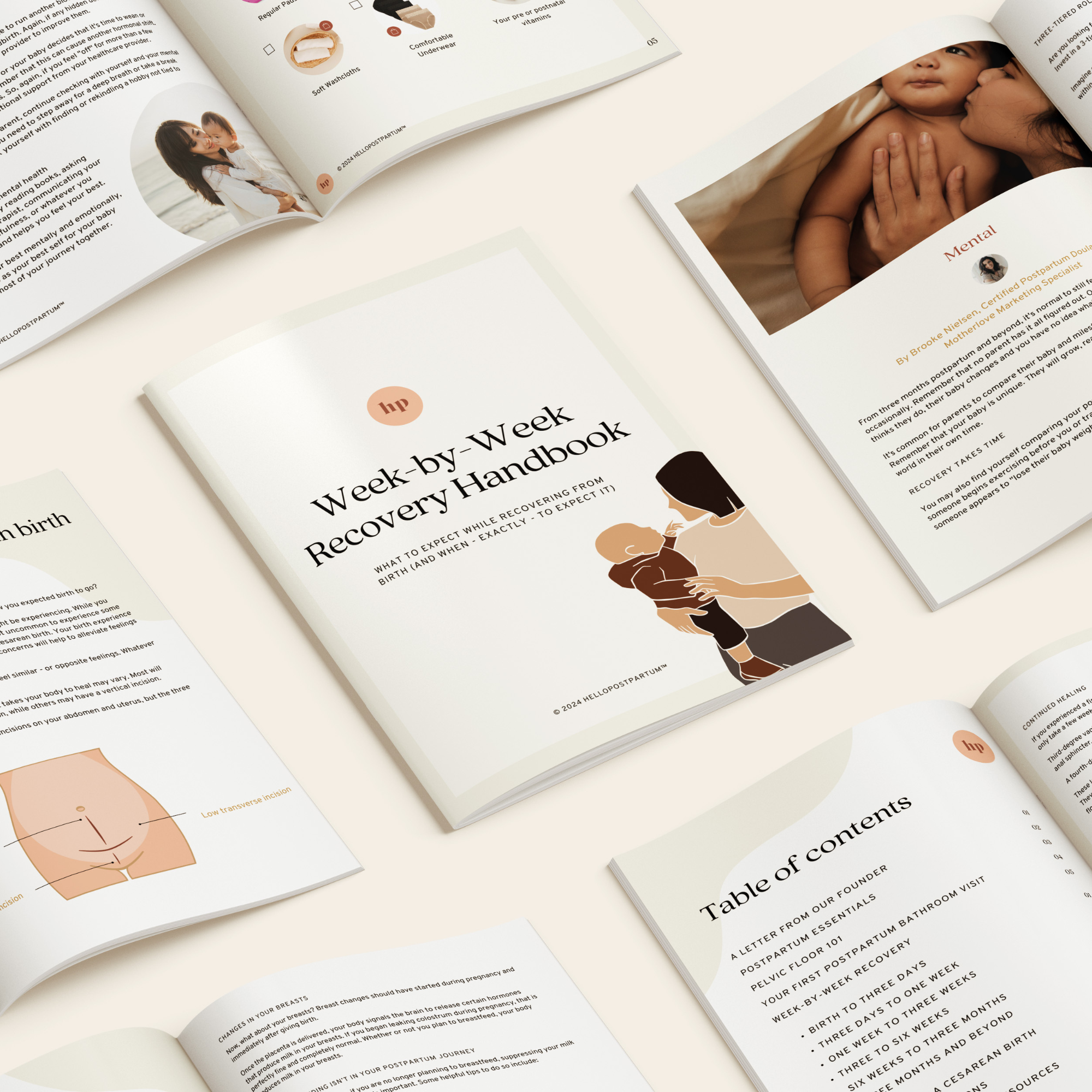
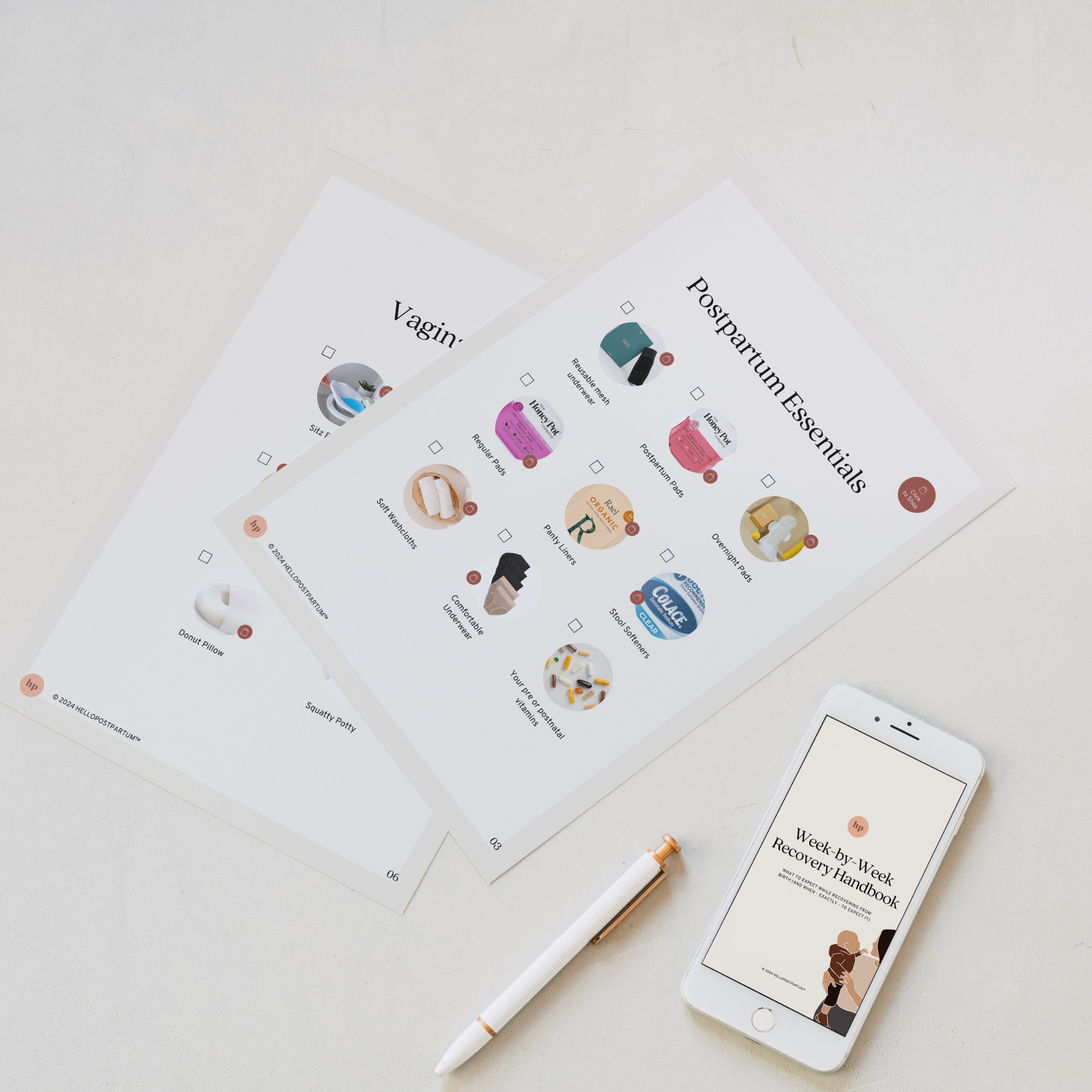
expert-written
Information you can trust
Written by a Certified Nurse Midwife, a Women's Health Nurse Practitioner, a Certified Postpartum Doula, and a Pelvic Floor Therapist, you'll learn everything you need to know about the physical components of postpartum healing.
Learn what you can expect in the weeks after birth: physically, mentally, and emotionally. This is the guide you wish your hospital gave you.
knowledge-packed
What will I learn?
You'll learn about your birth recovery and more, including:
• What to expect from birth to three months
• Common postpartum emotions
• The mental and physical aspects of postpartum healing
• How to support your pelvic floor week by week
• Tips for a successful first postpartum poop (!!!)
• Tools for recovery from a vaginal or cesarean birth
• What your pelvic floor is and signs something is off
• Cesarean and vaginal birth recovery tips
You'll also learn the mental aspects of postpartum healing and recovery (like, yes, it's normal to feel lonely in the first weeks) and dive deep into what you can expect with your physical recovery.
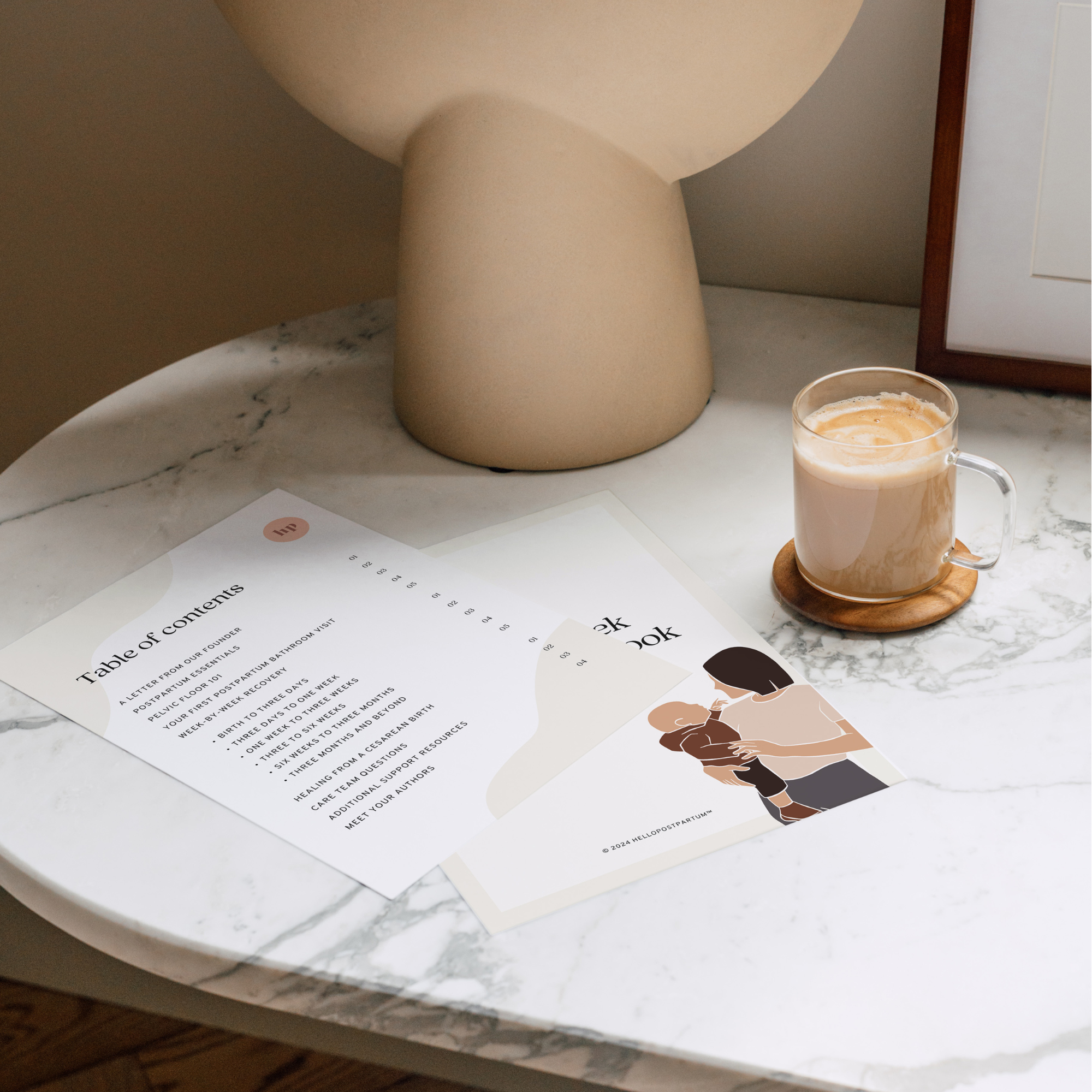
This eBook was written by a Certified Nurse Midwife, a Women's Health Nurse Practitioner, a Certified Postpartum Doula, and a Pelvic Floor Therapist.
Upon a completed checkout, you'll receive an email with a link to download your eBook. If you don't see anything within a few minutes, we recommend checking your "Spam" or "Promotions" folder.
Once you've successfully downloaded your eBook to your device (either your phone or computer), you can quickly and conveniently access it for easy reading. Additionally, all of our postpartum eBooks are formatted for print. If you prefer a paper copy, you can send the file to a local print shop for easy printing and binding.
Yes! Simply check the box 'Is this item a gift?' and enter your gift message and select a gift card at checkout. Since the book is digital, you can either email it to yourself or your recipient. We can then write a hand-written card to let them know about their eBook, if you'd like!
While we love sharing, it's important to know that per copyright law, you may not share, duplicate, or distribute these books without written permission from Hello Postpartum. Consider gifting your friend their own copy!

